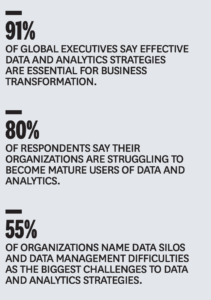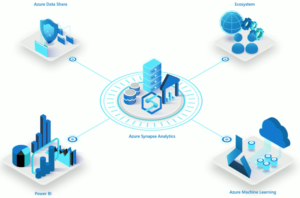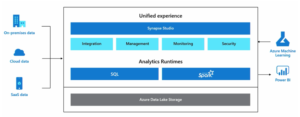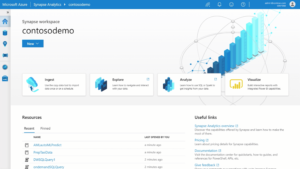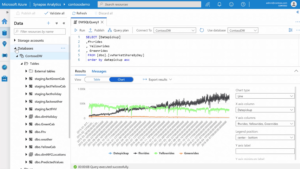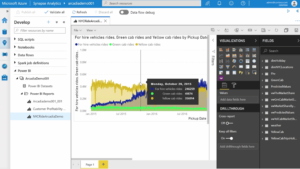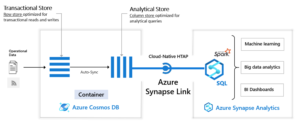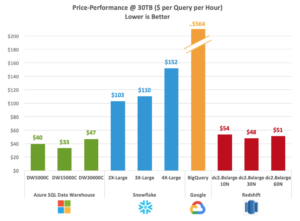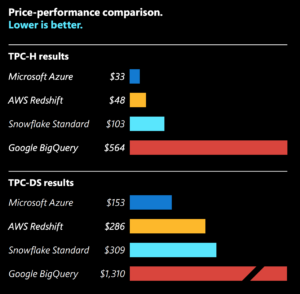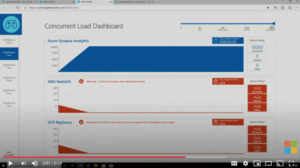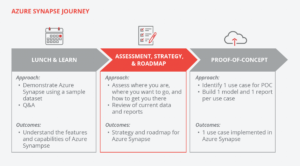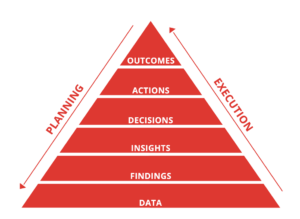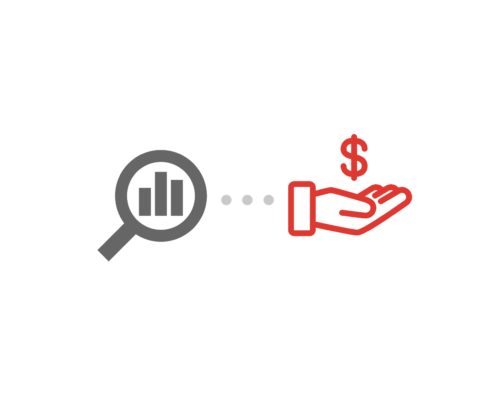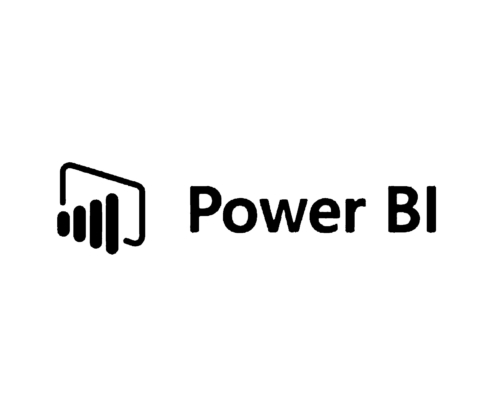The Roadblock for Digital Transformation
It is clearly established that Digital Transformation is the key to success and even survival for organizations, even more so with the current global crisis due to COVID-19. 64% of executives believe that they have less than four years to complete digital transformation or they will go out of business. 91% of global executives surveyed by Harvard Business Review feel that effective data and analytics strategies are essential for digital transformation. This data driven culture is critical to spark innovation and drive efficiencies, which is crucial for survival.
But, 80% of the respondents also say that their organizations are struggling to become mature users of data and analytics even though 79% of the employees use data and analytics at least once a week. What gets in the way of organizations effectively using data and analytics for business decisions?
More than half (55%) of the executives say the key roadblock stems from data silos and difficulty managing data coming from multiple systems. Digital transformation leads to a lot of data being captured across various systems which can be extremely valuable. However, less than 20% of this data can ever be analyzed due to the silos. This is mainly because of the disconnect between Big Data analytics, enterprise Data Warehousing, Analytics, and Artificial Intelligence/Machine Learning.
Simplifying Analytics
The need of the hour is to simplify analytics in a manner that breaks down these silos and makes the most of the data available for analysis without having to jump through hoops. In an ideal world, streaming operational data should be available for immediate analysis to generate reports and run models on the data. This is not a trivial problem.
Operational data is a mix of structured and unstructured data which is generally stored in a Data Lake, not suitable for analytics. Hence, the operational data needs to be imported into a Data Warehouse. The reporting and analytics services can then run on the Data Warehouse.
This creates three key issues.
- Lag between the operational and analytics data stores due to the ELT pipeline.
- Balancing the operational, ELT, reporting, and analytics workloads in the cloud.
- Efficient and effective model management.
Organizations would really benefit from a framework which effectively addresses these issues and removes the roadblocks to data maturity. Azure Synapse Analytics is a step in the right direction with a big promise – Limitless Analytics Services in the cloud.
Azure Synapse Analytics to the Rescue
Microsoft has launched Azure Synapse Analytics to fulfill the promise of limitless analytics services. This service creates a single place to collaborate for Data Engineers, Database Administrators, Data Scientists, Business Intelligence Analysts, and Business Users with everyone accessing the same data.
The service offers a distributed query processing engine, versatile form factor for computing (cluster/ serverless), and a single experience for the users to manage the end-to-end process. This provides the much required flexibility in scaling and a great user experience, which promotes collaboration.
Many features of Azure Synapse Analytics are now generally available with many more in the pipeline. We believe that this service will evolve rapidly into the standard for analytics at scale for organizations.
Benefits of Azure Synapse Analytics
Azure Synapse Analytics allows teams to seamlessly work together. However, the benefits go beyond this. Some additional benefits are:
1. Unified Experience
Azure Synapse Analytics allows users to ingest, prepare, manage, serve, visualize, and analyse the data using a unified experience. Users can bring their analytics to where the data is located, rather than switching to a different interface. This gives a big boost to productivity.
2. Limitless Scale
Azure Synapse Analytics enables limitless scaling for data and analytics in the cloud. Data professionals can derive insights from all the data across data warehouses and big analytics systems at speed. They can query both relational and non-relational data at petabyte-scale using T-SQL language. Furthermore, they can benefit from a versatile form factor of using clusters and serverless computing. Finally, they can run analytics systems along with mission critical workloads with intelligent workload management, workload isolation, and limitless concurrency.
3. Integrate Business Intelligence and Machine Learning
Azure Synapse Analytics allows users to integrate Power BI and Azure Machine Learning within the Azure Synapse Studio. Then BI professionals and Data Scientists can tap into the available data immediately to create faster insights.
4. Cloud-Native HTAP Implementation
The announcement of Azure Synapse Link (Preview) brings cloud-native hybrid transactional and analytical processing (HTAP) for Azure Cosmos DB. And with this, plans to expand it to other data stores in the future. It creates a tight seamless integration between Azure Cosmos DB and Azure Synapse Analytics. This enables users to run near real-time analytics over operational data which is stored in Azure Cosmos DB.
Want to learn more? Click here for a quick and informative video that demonstrates the power of Synapse Analytics Link.
5. Price-Performance
Price-performance is also a critical part of data solutions. According to Microsoft, Azure Synapse Analytics offers better price-performance as compared to Google BigQuery and Amazon Redshift based on field tests done by GigaOm.
Source: GigaOm Report
The TPC-H and TPC-DS results published by Microsoft show a significant reduction in price of Azure Synapse Analytics as compared to the others in the preceding as well as following graphics.
Source: Microsoft
Speed
As demonstrated in this video from Ignite 2019, Azure Synapse Analytics can be blazing fast in a petabyte-scale environment combining relational and non-relational data. This can be a game changer for organizations where faster decision making can lead to substantial profit increase.
Getting Started
We have multiple offers that make it easy for organizations to get started with Azure Synapse Analytics no matter what stage they are at in the process.
- Just getting started? We offer a free two-hour lunch and learn workshop to help you understand this service.
- Do you already know about the service but need help figuring out your next step? We can conduct an assessment, strategy, and roadmap workshop that will provide your organization a plan with how to move forward.
- Do you have a roadmap but need help with implementation? We can get you started with the first pilot which can be completed in 2-4 weeks. Once you have experienced the value from the pilot, we can help you with the implementation as per the roadmap.
Contact us at info@optimusinfo.com to get started.

